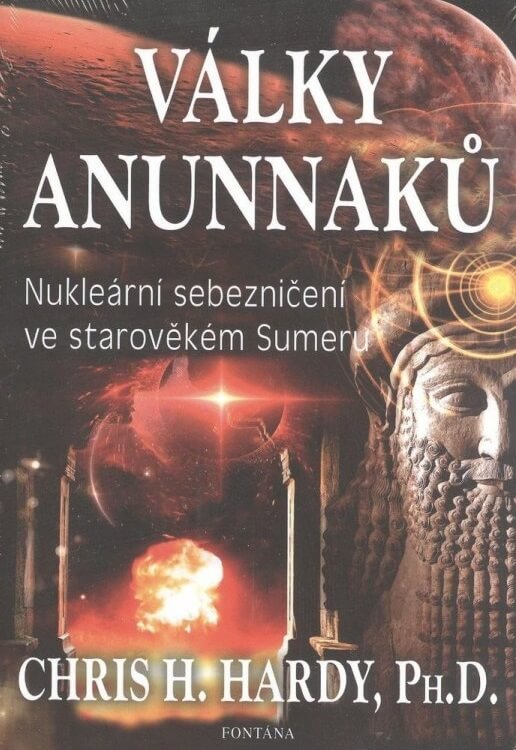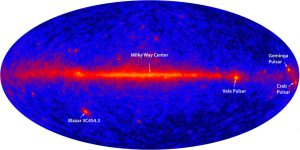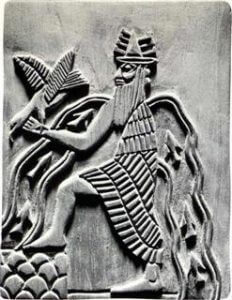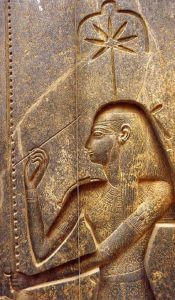
Sumer and Supernova explosion
 09. 09. 2020
09. 09. 2020

About 6000 years ago, not far from Earth, it suddenly exploded into a huge fireball, which modern astronomers say Supernova. This is supernova explosion.
From Earth, it would look like a new star that was brighter than the moon, observable even in daylight. The first people to see it were the Sumerians - farmers from today's Persian Gulf and fish hunters at the beginning of the dawn of mankind. They recorded this event in their myths and stories.
Supernova explosion
The legend also appeared in Egyptian hieroglyphic records. George Michanowsky, a writer and historian, believes that the legend passed through Sumerian symbols borrowed from the Egyptians.
If this is the case, it would mean reassessing the interpretation of some more familiar symbols, such as ankh (symbol of life) and the royal cartouche that Pharaoh Tut had. Some scholars of the ancient East disagree with the theory. Michanowsky, calls himself lone wolf, which works without support from institutions or other subsidies. He calculates that his critics do not understand astronomy. Astronomers believe that the supernova had to be the biggest cataclysmic event in the sky you've ever seen.
The remains of the supernova can be found in the southern constellation Vela. Its type of resource II. Supernova exploded around 11,000-12,300 years ago and was about 800 light years away. The radio telescope detected the debris after the explosion. They are the fast-pacing stars they call themselves pulsary in the constellation Vela in the southern hemisphere. According to the time sequence of received radio pulses emanating from the object, astronomers estimated its explosion at 8000 and 4000 BC It happened at the end of the period when Sumer living on the North Coast Of the Gulf developed the world's first astronomy, mathematics and writing. Scientists have been greatly confused by the reference, as there are no bright stars in this part of the sky today.
Supernova Link
But Michanowsky believes this was a reference to the supernova Vela. He presented this theory in 1978 in the book by The Once and Future Star (Former and future star). The star Vela was two or three times closer to Earth than the famous supernova seen by Chinese astronomers in 1054. The Sumers saw it coming up and down every day, low above the watery south horizon.
Michanowski believes that the unprecedented spectacle is so fascinated that it has been anthropomorphized to God Ea and supported by legends and deities. Symbolic star recording Vela, as he says, can be traced from his Sumerian origin to the Egyptian hieroglyphs using "a unified view of the ideas of individual cultures". For example, Egyptian Ankh or a cross with an eye, usually considered to be a brand of sandal shoes. But Michanowski suggests that the eye can represent a star, crossing the horizon of the Persian Gulf, and finally its vertical shoulder may be a reflection of the star on the water. And he adds that the Egyptian goddess Secure, a scribe patron, may originate in a Sumerian goddess called Nibada, a patron of mathematics, writing, and astronomy.
Secure
Secure it is depicted with seven pointed ornaments on the head, often depicted like a flower. But Michanowsky believes the ornament comes from seven folded Sumerian palm trees. They are symbols that both associate with God Ea and the star Vela and may represent the star itself rather than the flower. He also believes that the star Vela is depicted in one hieroglyphic symbol on Tutus' cartouche or royal symbol.
The pillar symbol is on the cartouche among the last three. It usually refers to a southern Egyptian city, and all three symbols together are translated as "Ruler of Southern Egypt." But Egyptologists were not very happy with this translation, as they seemed to overlook the northern part. Tut's kingdom.
The supernova explosion most likely happened 10.000 - 20.000 years ago. During this explosion, supernova remnants formed Vela. In 1976, NASA astronomers suggested that people in the southern hemisphere may have witnessed the explosion and symbolically recorded it. A year later, Michanowsky recalled some incomprehensible ancient markings left in Bolivia by the original inhabitants of America. The carvings show four small circles lined with two larger circles. The smaller circles resemble a star cluster in the constellations Vela and Carina. One of the larger circles may represent the star Capella. Another circle is near the position of the supernova remnants. George Michanowsky believes that the shapes may represent a supernova explosion as seen by the original inhabitants.
Tip from Sueneé Universe
Chris H. Hardy: The War of the Anunnakes
Sumerian Empire was destroyed because of wars between people and gods who did not hesitate to use in their struggles nuclear weapons. One piece of evidence is to be found radioactive skeleton or content of Sumerian clay tables.

Chris H. Hardy: The War of the Anunnakes





 1
1


